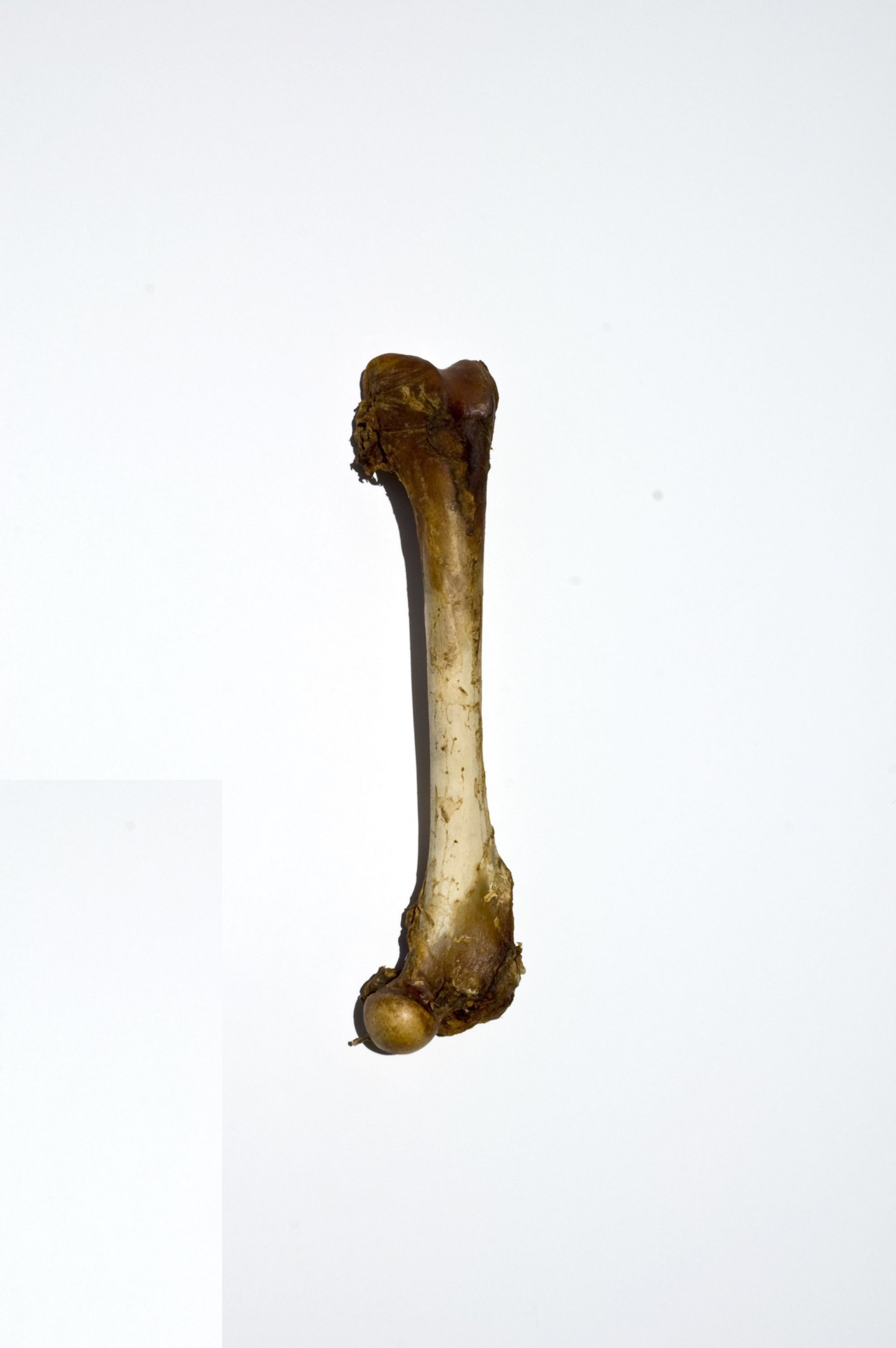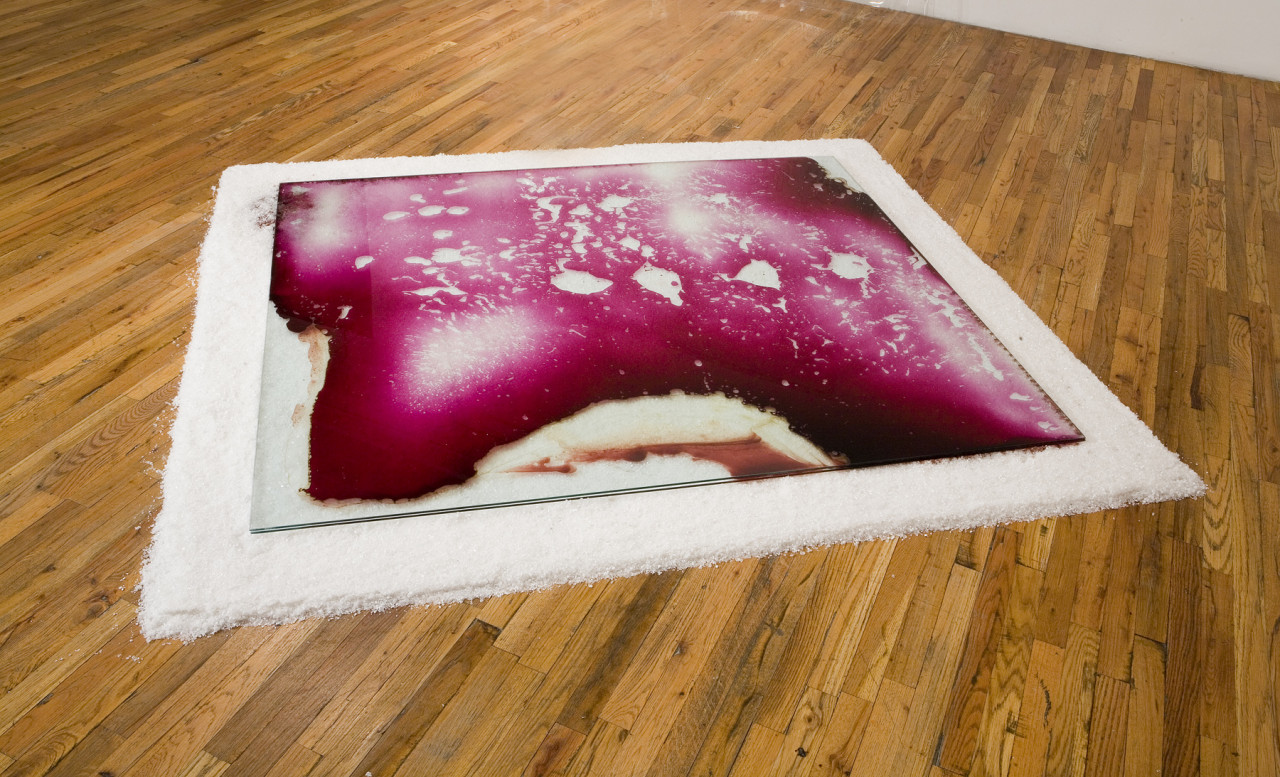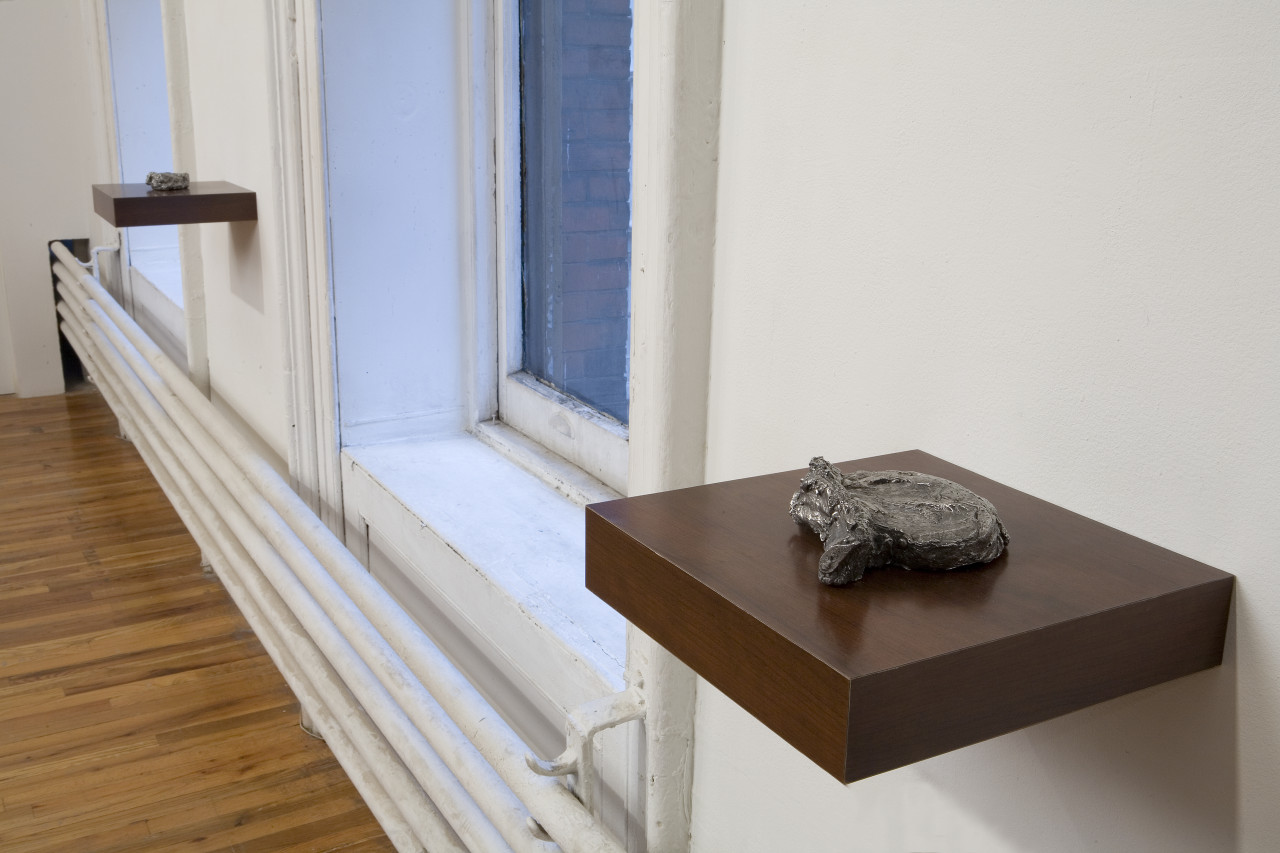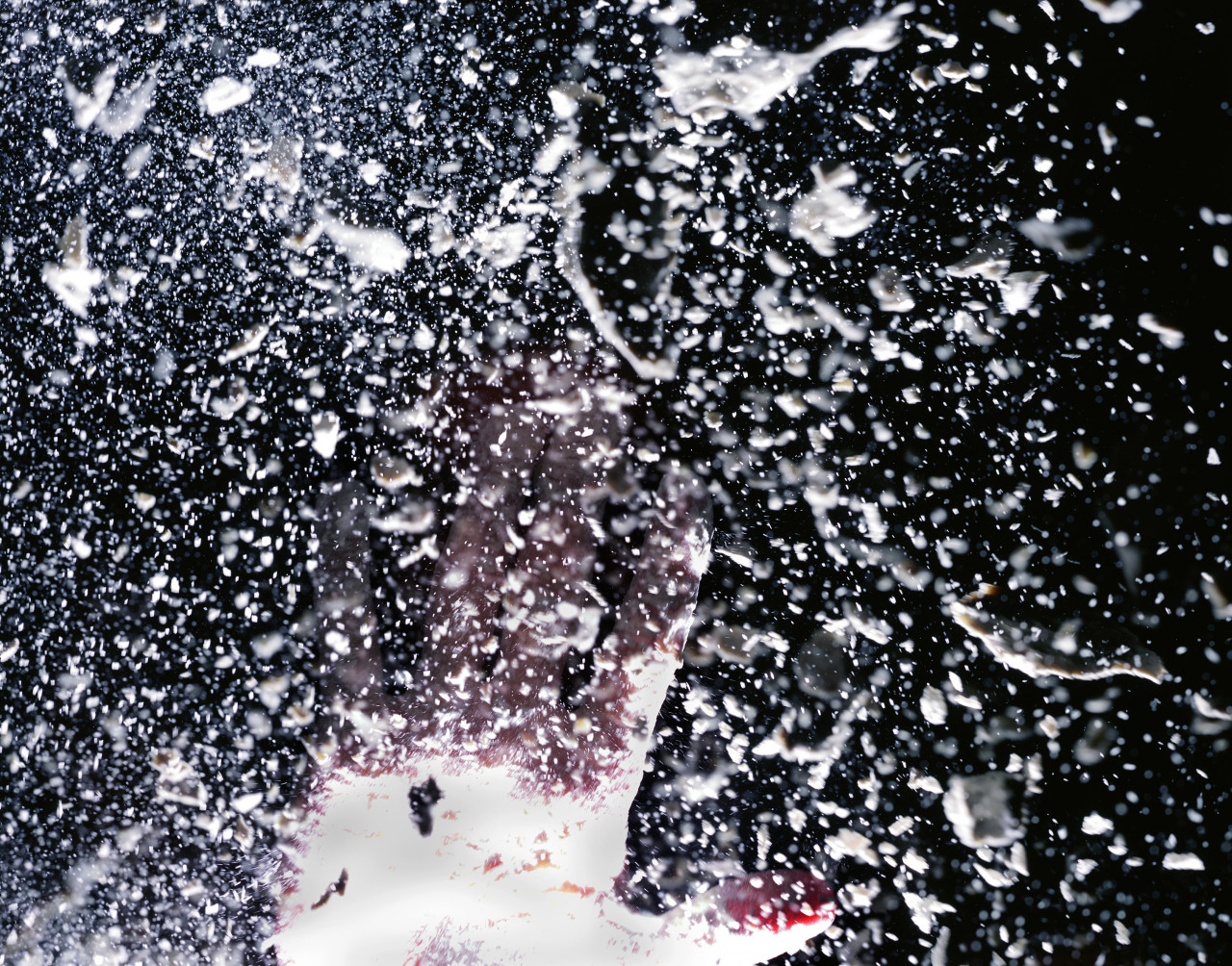January 25 – March 29, 2008
Nina In Position presents diverse artistic strategies that complicate the legibility of lack and difference in America. The selected artworks employ Walter Benjamin’s assertion, “To live is to leave traces,” as a platform from which to view and critique the body and its environs.
Artists: Kelly Barrie, Justin Beal, Huma Bhabha, Anya Gallaccio, Wade Guyton, Barkley Hendricks, Roni Horn, Igloolik Isuma Productions, Mary Kelly, Charles Long, Michelle Lopez, Andrew Lord, Robert Mapplethorpe, Daniel Joseph Martinez, Jack Pierson, Michael Queenland, Marco Rios, Amanda Ross- Ho, Julia Scher, Haim Steinbach, Lisa Tan, Josh Tonsfeldt







